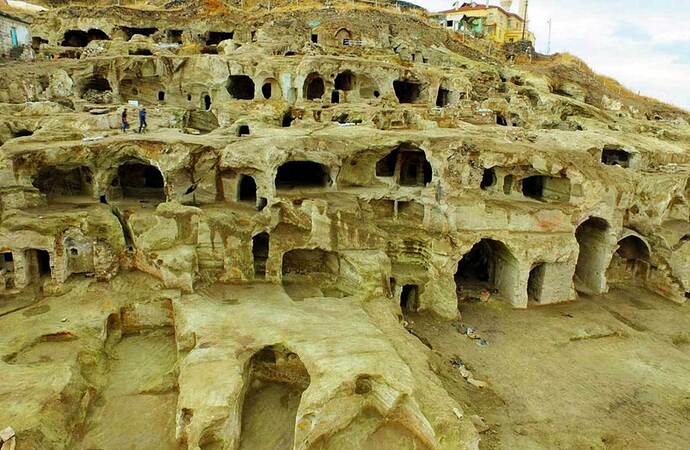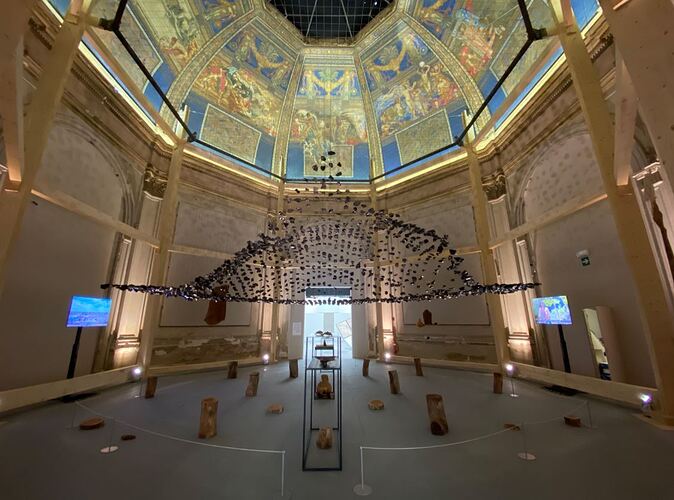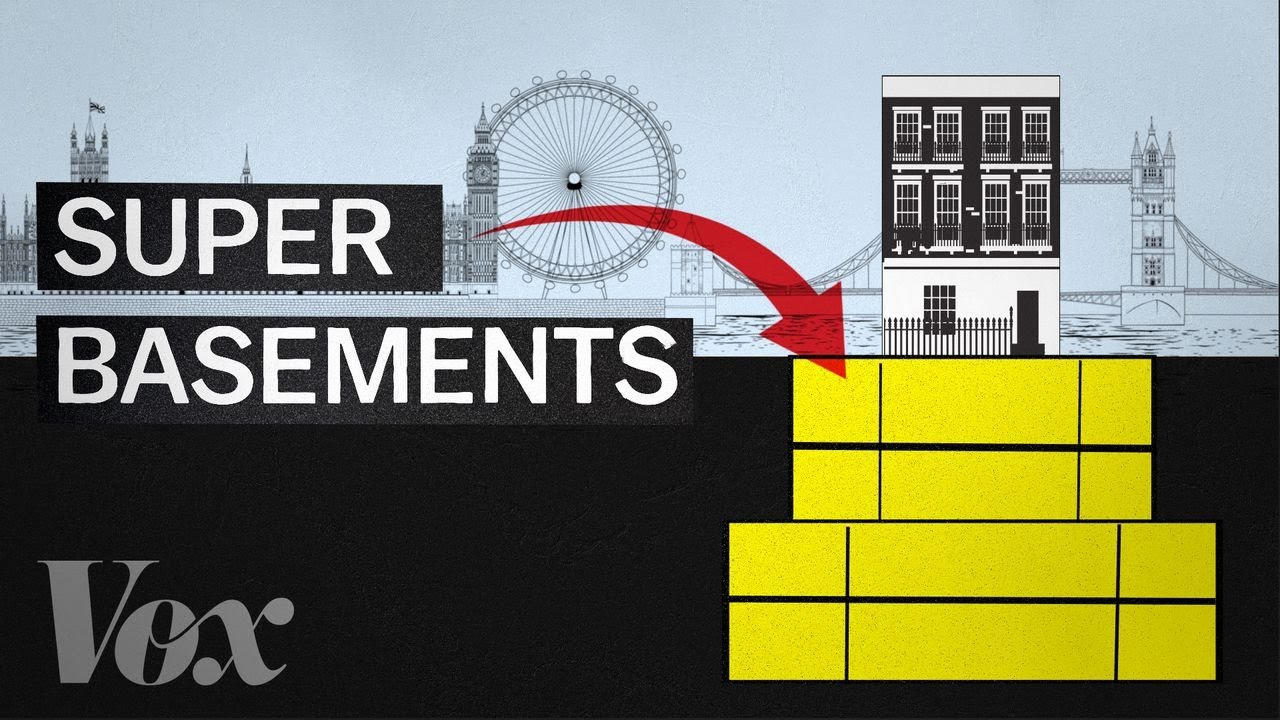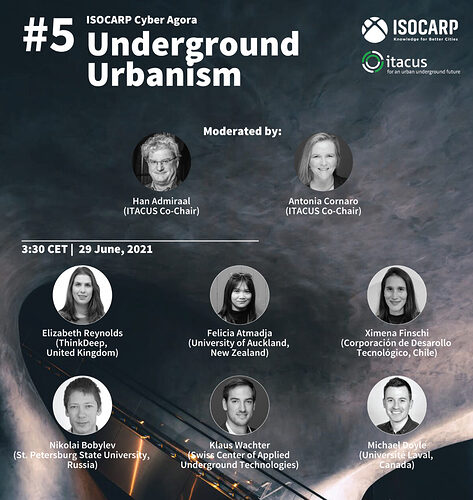I came across this excerpt from a new book Dig it! Building Bound to the Ground
Building underground is an “architecture of subtraction”
Depth and mass offer insulation and protection, and openings provide light and ventilation. There is an inherent sustainability and natural circularity embedded in this form of construction.
Cites all sorts of interesting historical examples: underground cities of Cappadocia in contemporary Turkey, like the absolutely insane Derinkuyu complex.
As we might expect, dwelling underground is shelter in a very basic sense, against elements --up to an including luxurious ‘fallout shelters’ the ultrarich are building today–but also political persecution and violence. Today so much of our infrastructure, from cables to car ports are buried underground. In an indirect way, you might say the pandemic forced us ‘underground’ insofar as it increased our reliance on both underground infrastructures and the above ground buildings that used to be earth.
What kind of daily existence does an underground shelter produce? Much depends on how well it strikes the balance between building and ground. The authors say it nicely.
The underground building inverts a modern fascination with size, height, and facade. To bury architecture alive is to force it to engage with the interior, to communicate its value not through visual expression or image but through its use and its users’ experiences. Although rooted in pragmatism, the power and poetry of this architecture is undeniable. This architecture by subtraction successfully blurs the line between architecture and ground.
Not all underground developments are successful. In our research we have seen that digging down carries the same risk as stretching upward. A desire for greater control often breeds isolation, alienation, and disconnection.
The success (or failure) of these underground structures can be found in the degree of enclosure and how they manage often-competing interests of enclosure, light, depth, and orientation. Those that are successful blur the line between building and ground. They shift their expression from plan to section to confront and design the connection between the context above and space below. This moment of exchange within the crust of the earth is where their intelligence lies.



